History
The story begins in Cleveland, Ohio, in 1906, when Jacob Sapirstein, a determined young Polish immigrant armed with big dreams and a $50 bank loan, began importing elegant postcards from Germany and selling them to local merchants from his family’s
horse-drawn cart.
Through the Decades:
Moments & Milestones
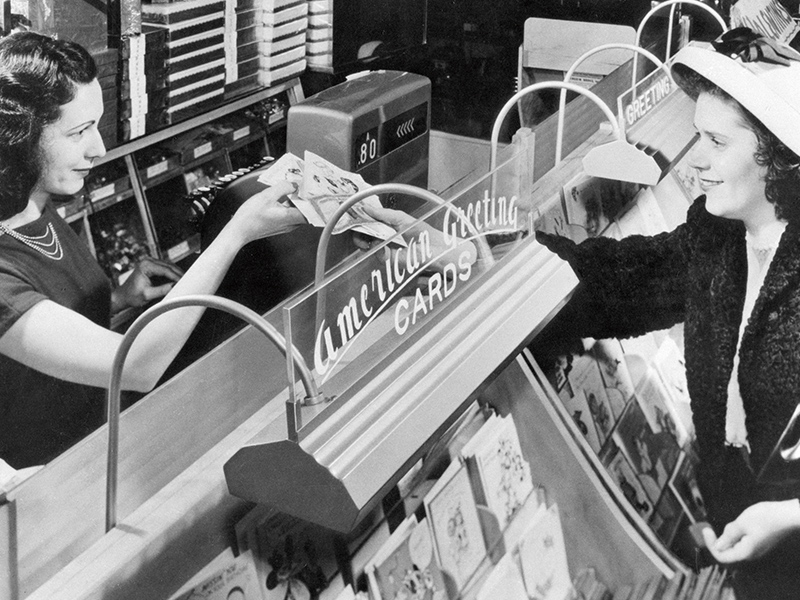
1929
The company was the first to commercialize greeting cards with the advent of self-serve store displays in 1929. Throughout the Great Depression, Sapirstein’s affordable greeting cards helped to lift the spirits of an ailing nation.

1940s
During World War II, families were separated and patriotic red, white and blue greeting cards helped them keep in touch with loved ones. The company changed its name to American Greetings.
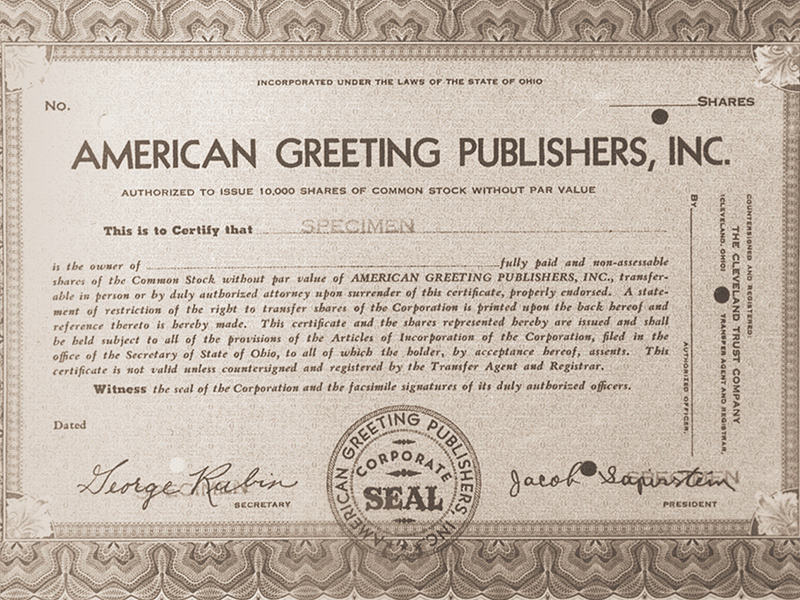
1950s
The postwar ’50s were economic boom times. In 1952, the first public offering of stock was issued at $12 per share. In 1956, American Greetings expanded internationally – into Canada – with the purchase of Carlton Cards, the country’s # 1 social expressions brand today.

1960s
Always striving to make the greeting card business turnkey for retailers, American Greetings hired the first merchandiser to stock the greeting card department at the Fort Bragg Military Base store in North Carolina. Today, thousands of merchandisers provide excellent service to stores across the United States.
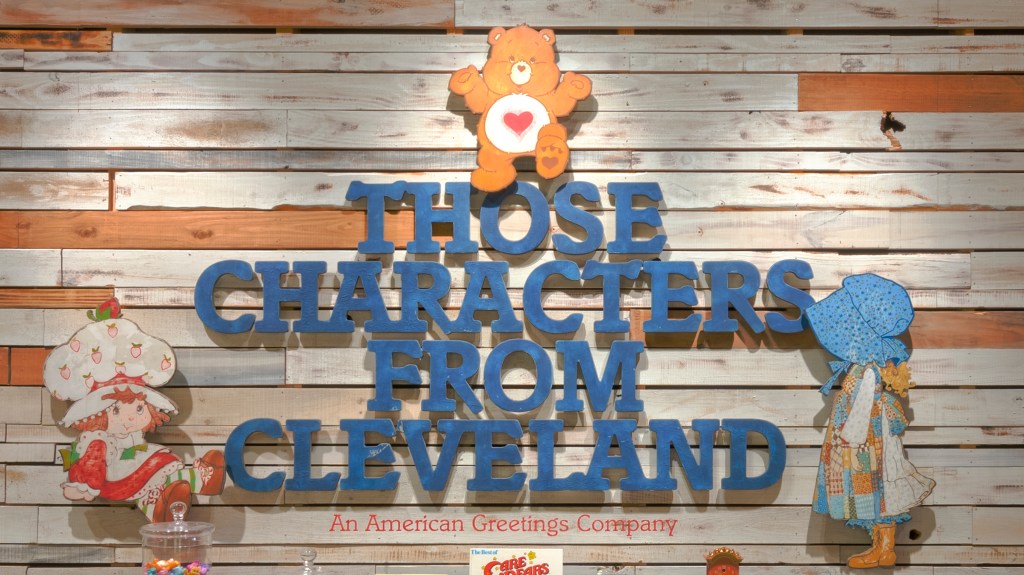
1967
American Greetings debuted one of its most beloved characters, Holly Hobbie. Her popularity gave rise to Those Characters from Cleveland, Inc. – an American Greetings company focused on intellectual property and licensing. Over the next 20 years, Those Characters from Cleveland launched some of the most successful properties in the world, including Strawberry Shortcake, Care Bears, Madballs, Get Along Gang, Popples, and more.
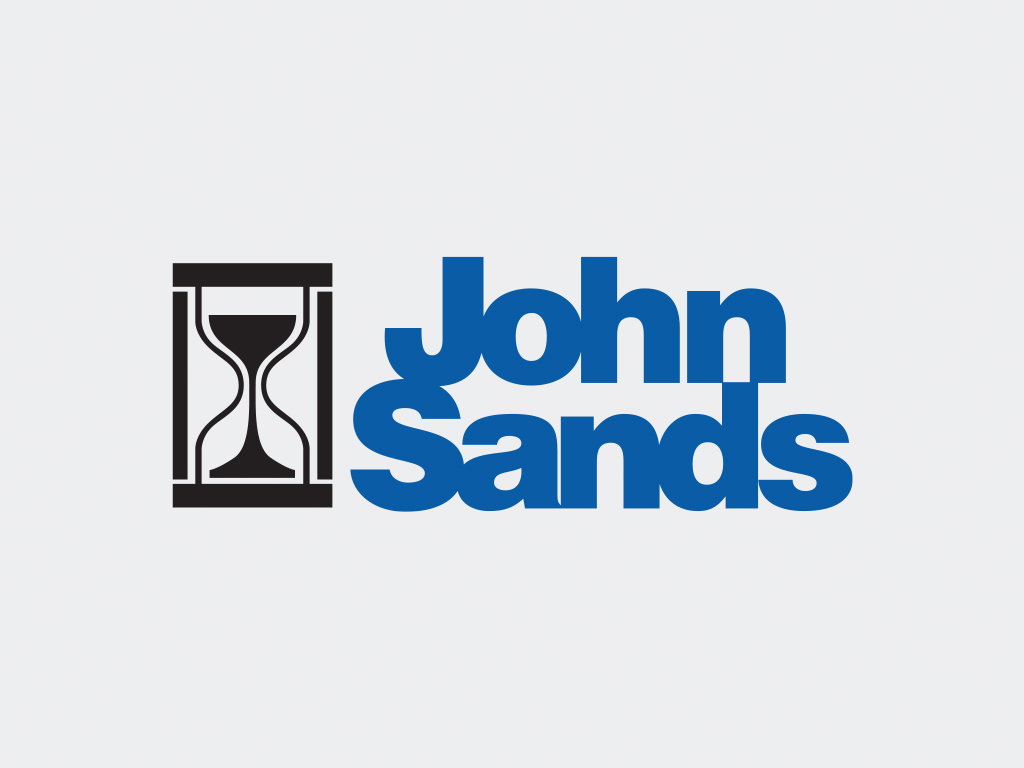
1970s – 1980s
The ’70s and ’80s brought about rapid expansion with the purchase of Plus Mark and Drawing Board Cards, as well as starting operations in Mexico. In 1986, at the age of 101, Jacob Sapirstein saw his company’s sales soar to more than $1 billion. In the following year, the company started producing and selling greeting cards in Australia, New Zealand and South Africa.
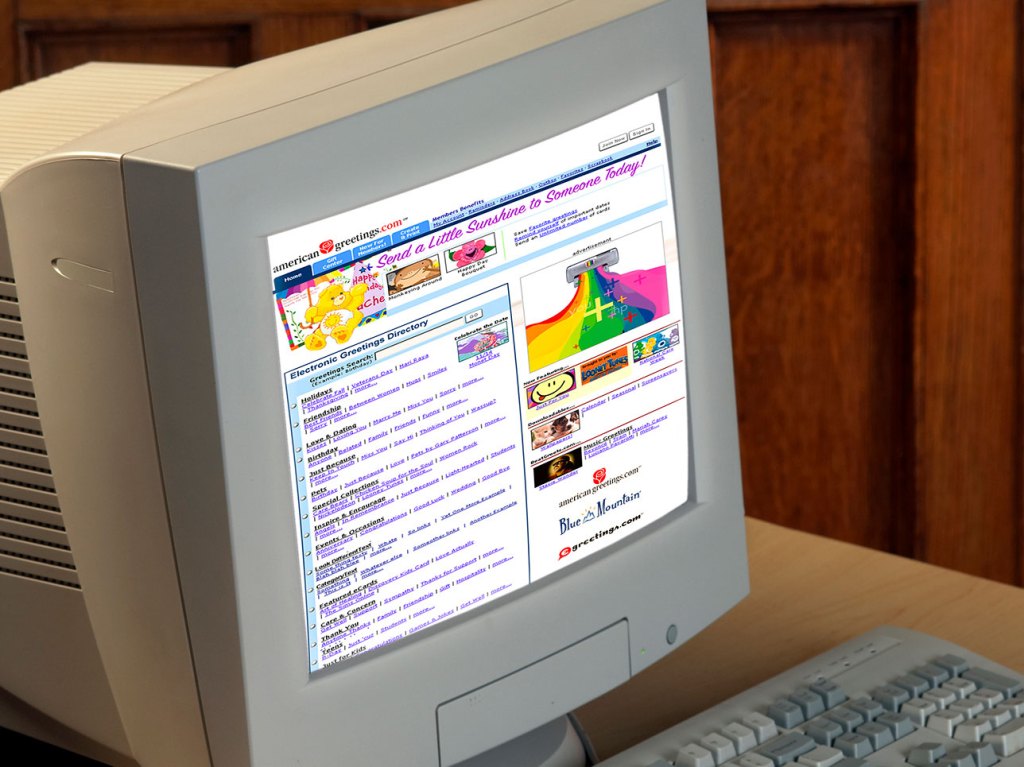
1990s
American Greetings introduced the first card line printed on recycled paper. As mass retailing grew by leaps and bounds, so did technology. In an effort to take cards everywhere consumers shop, the company launched AmericanGreetings.com in 1996.

2000s
The first decade of the new century started with the Gibson greeting card brand joining the American Greetings family.

2009
Recycled Paper Greetings, known for top-selling humor cards, and Papyrus, considered the industry’s originator of premium, exquisitely finished cards, became a part of American Greetings.

2012
American Greetings was the first greeting card company to recognize and address Gen Y’s unique social expressions needs. In 2012, justWink, the industry’s first comprehensive greeting card paper and digital brand created by Gen Y for Gen Y, was introduced.
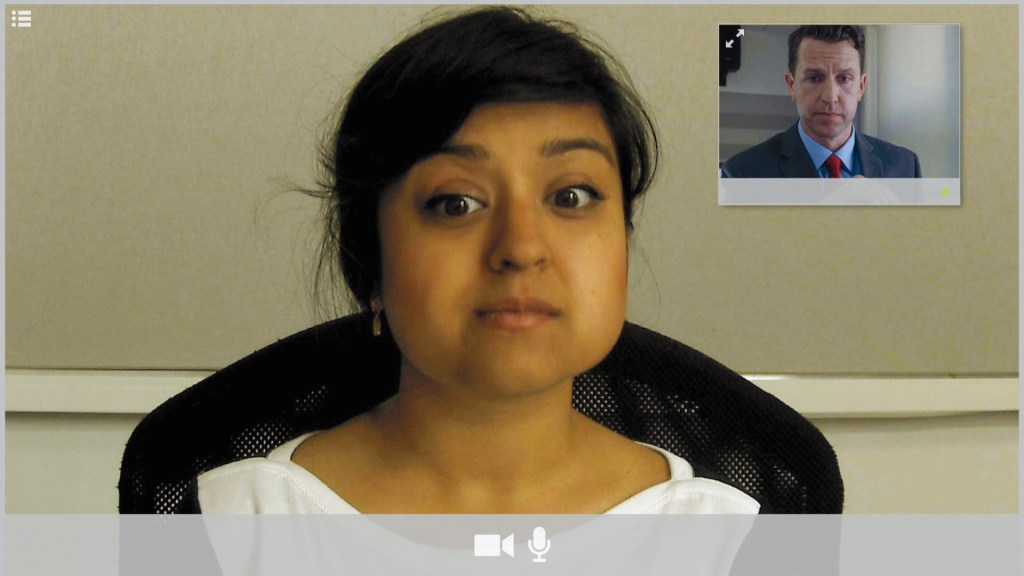
2014
American Greetings reinvented category marketing with the release of the acclaimed World’s Toughest Job viral video in the spring of 2014. Who has that job? Moms do, of course. The video went on to win the 2015 North American Grand Effie award and drew more than 26 million views.

2016
The inauguration of the American Greetings Creative Studios world headquarters on September 28, 2016, was a transformational moment in the company’s history. Rising on a 13.5 acre site on the south end of the Crocker Park development in the Cleveland suburb of Westlake, Ohio, the five-story building was designed as a vibrant expression of the creative culture and character of American Greetings.
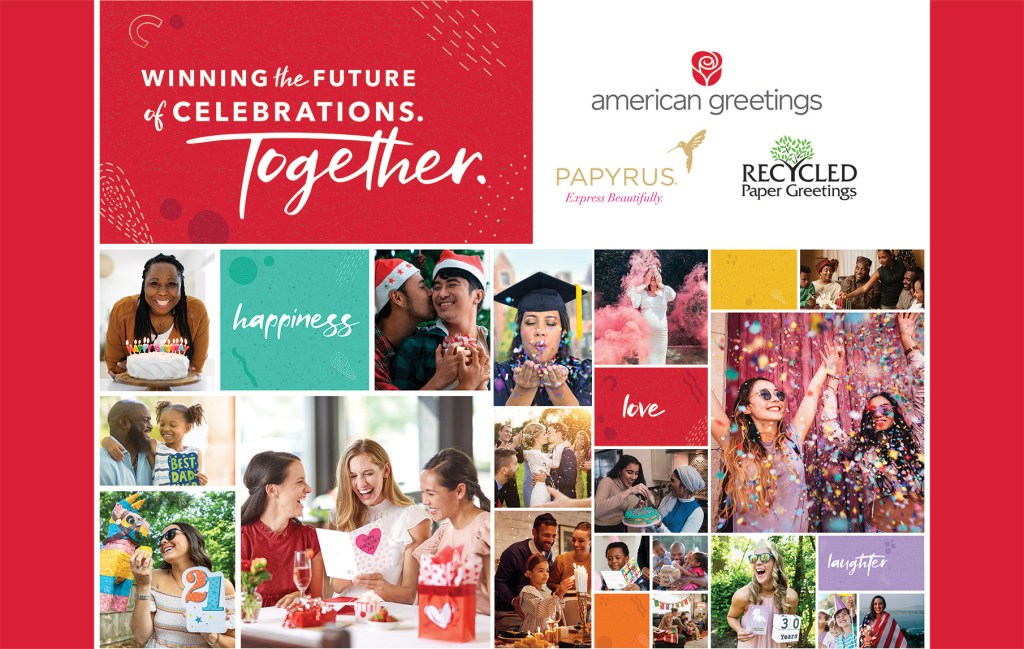
2018
On April 6, 2018, Clayton, Dubilier & Rice (CD&R) and American Greetings Corporation completed the transaction in which CD&R-managed funds acquired a 60% ownership stake in American Greetings. The Weiss Family, descendants of Jacob Sapirstein, who founded the company, retained a 40% stake in the business.